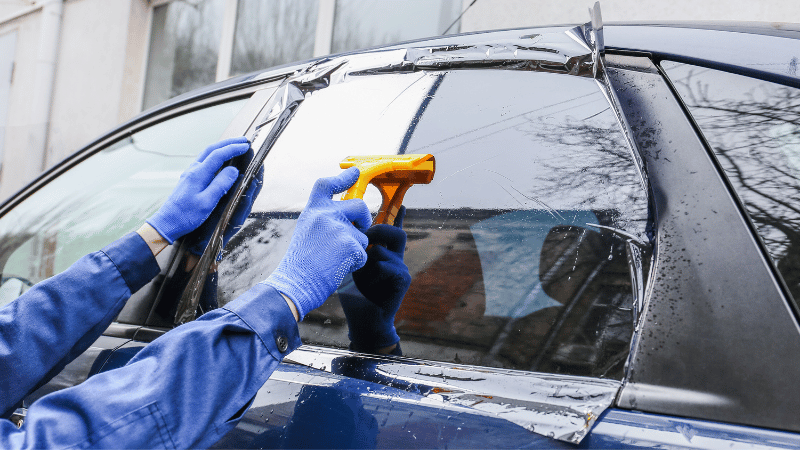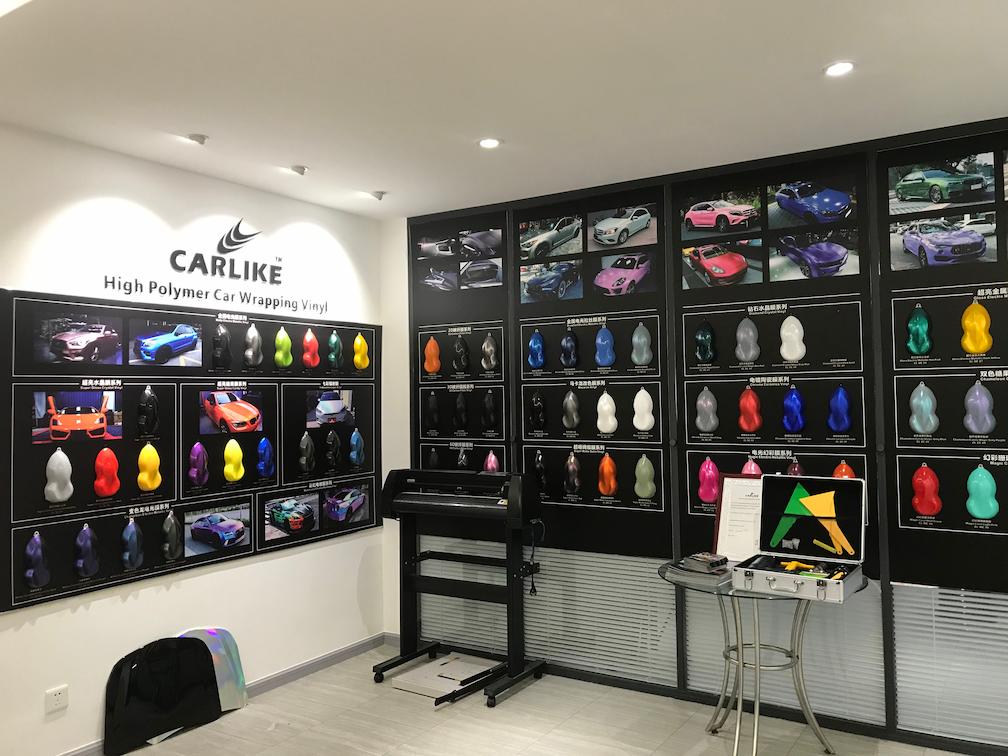Want dark window tint but unsure what’s legal? Our guide breaks down tint laws for every U.S. state. Discover how to get the look you want while staying compliant. Find your ideal tint percentage. Read on to stay legal and look great.
Understanding Window Tint Percentages
Window tint percentage is the measure of how much light a window or a lens permits to pass through it, expressed as a percentage. The percentage of window tint is synonymous with the terminology of Visible Light Transmission (VLT), which is also the gauging of transmissible light through a screen.
This transmission of light is calculated based on the amount of tint in a glass; as a glass is more tinted, the less light it will allow to transmit through, and hence, lower its VLT or tint percentage.
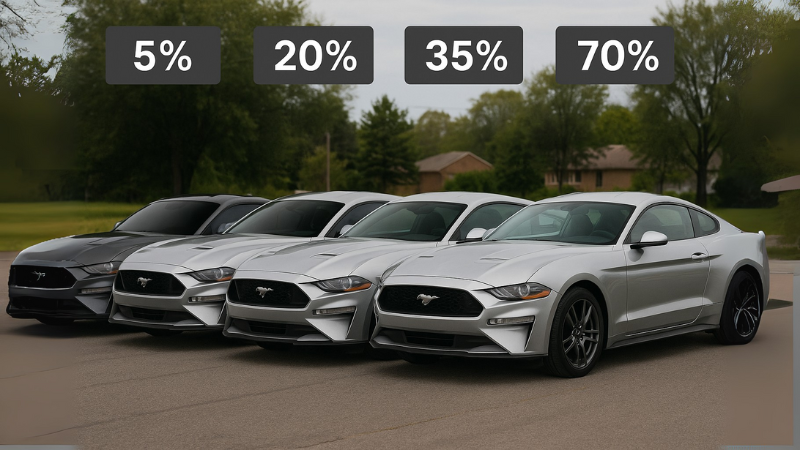
Tint Percentage
The percentage ranges from 5% to 70%, with 5% tint being the darkest tint that only allows 5% of the light to transmit through, while 70% tint is the lightest tint that allows 70% of the light to pass.
| Tint Percentage | Visible Light Transmission | Description | Light Blocked |
|---|---|---|---|
| 5% | Allows 5% of light to pass through | Darkest tint | Blocks 95% of the light spectrum |
| 20% | Allows 20% of light to pass through | Dark Tint | Blocks 80% of the light spectrum |
| 35% | Allows 35% of light to pass through | Intermediate Tint | Blocks 65% of the light spectrum |
| 50% | Allows 50% of light to pass through | Moderate Tint | Blocks 50% of the light spectrum |
| 70% | Allows 70% of light to pass through | Lightest Tint | Blocks only 20% of the light spectrum |
Types of Window Tint: Varieties Available
Window tinting films can be found in a wide range of varieties in the market, each varying in its quality and the degree of functionality. Every car window tint has its pros and cons, and must be chosen carefully as per your requirements.
Windshield Protection Film
The most basic type of tinting films, windshield protection films, are designed to perform the not-so-basic task of protecting the windshield from scratches and scuffs. This wear and tear can interfere with the visibility; thus, covering your entire windshield with a protective film is imperative.
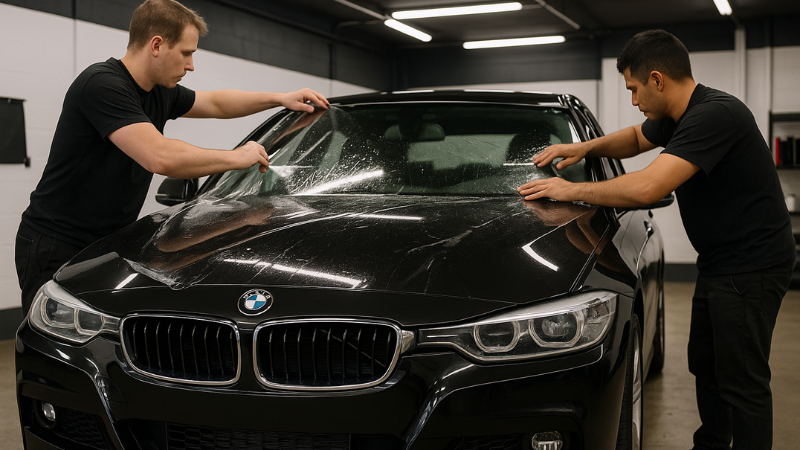
Security Window Film
Security window tinting films are multifunctional, as their utility extends far beyond light filtration and UV protection. These films serve as a reinforced shield over the glass to prevent it from shattering upon impact and provide privacy to occupants sitting inside.
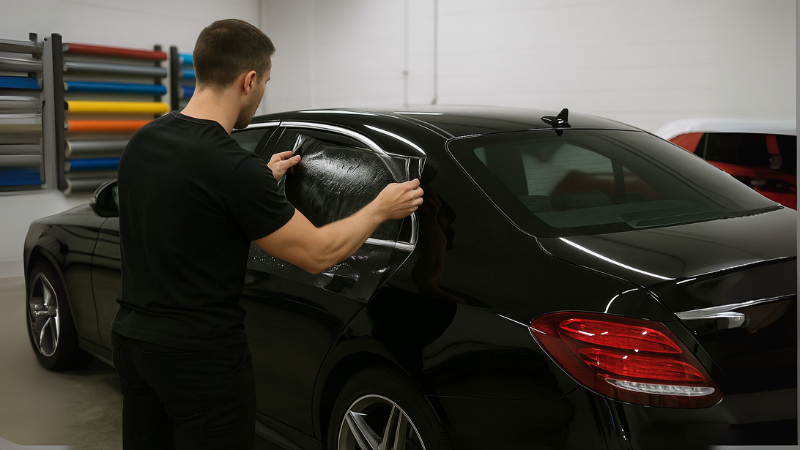
Silver Window Tint Film
These tinting films have nano metallic particles of silver to impart mirror-like properties that reflect off the sun’s rays and keep your cabin’s temperature in control. Carlike Film manufactures the best silver window tint film that offers excellent reflective properties with a durable lifespan.
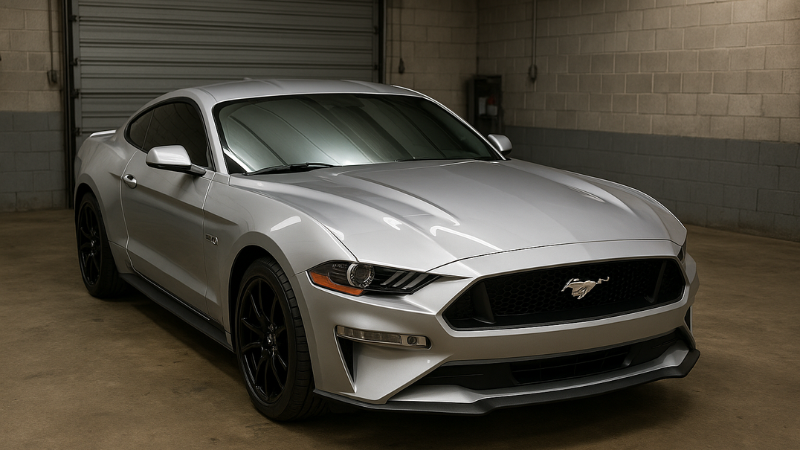
Chameleon Window Tint Film
A window tint film that blocks UV radiation while shifting color when sun rays hit the surface. Consider your search over because a chameleon window tint will keep harmful UV rays at bay, meanwhile adding an effect of iridescence to elevate the aesthetics.
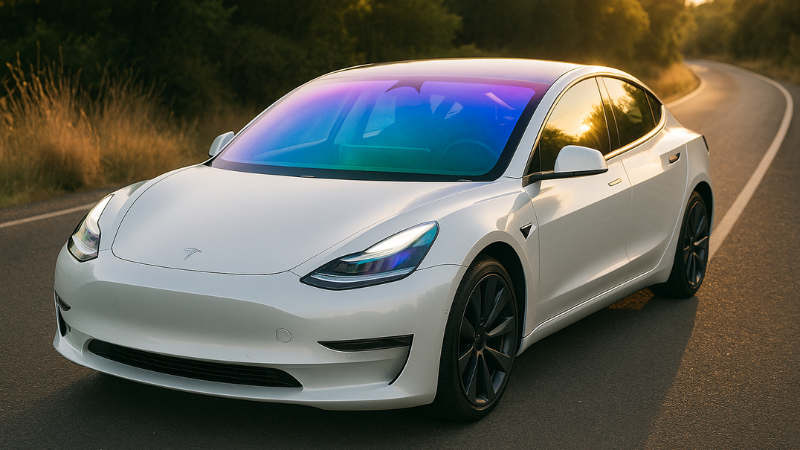
Ceramic-Carbon Window Tint Film
While exploring durable tinting solutions, you might have come across carbon window tints and ceramic window tints, and you must be on the fence about deciding between the two. Fortunately, you can get the best of both blended in a single ceramic-carbon window tint film available only at Carlike Film.
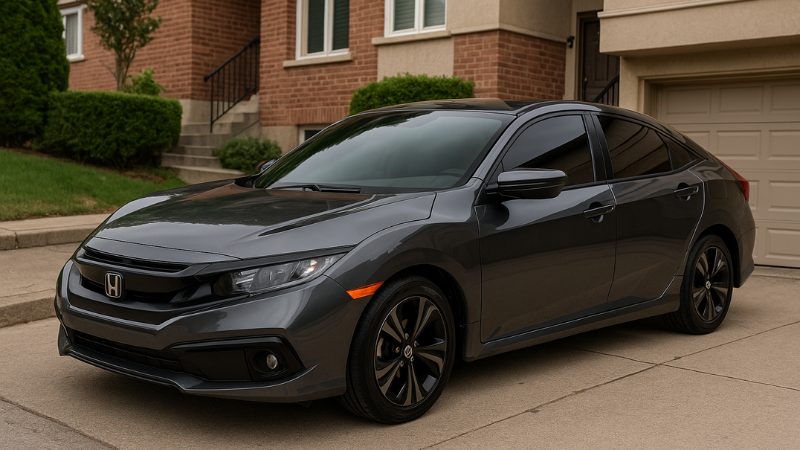
Factors Influencing the Legality of Different Tint Percentages
Although the tinted window films are available in a range of tint percentages, they are not exempt from different laws that must be abided by to avoid fines. So, understanding these laws will aid you in choosing an ideal protection option for your four-wheeler.
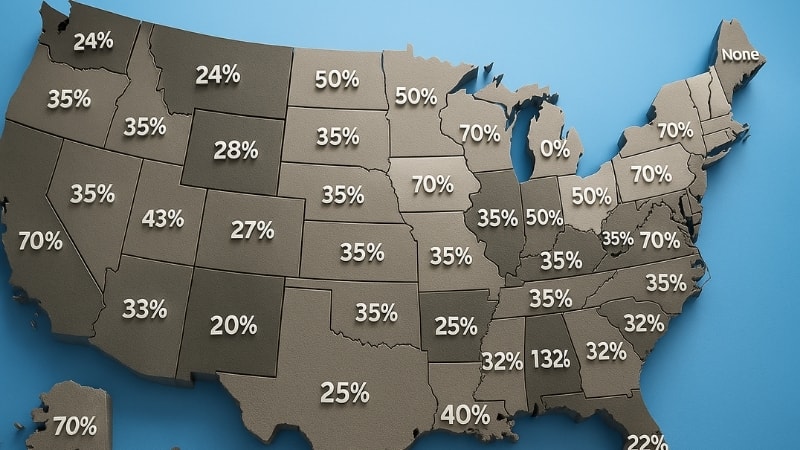
State: Every state enforces distinct laws for how much dark or light you must go regarding tinted windows percentages to abide by the law, as well as ensure your safety. One state may allow drivers to go only as low as 20% VLT, while another may necessitate a tint percentage no less than 70%.
Type of Car Windows: The permitted window tint level changes as the part of the vehicle varies because different standard windows of a car are subjected to variable legal standards.
Most states require windshields to have 100 to 70 percent visible light transmission (VLT) while the front and back windows are allowed lower tint levels.
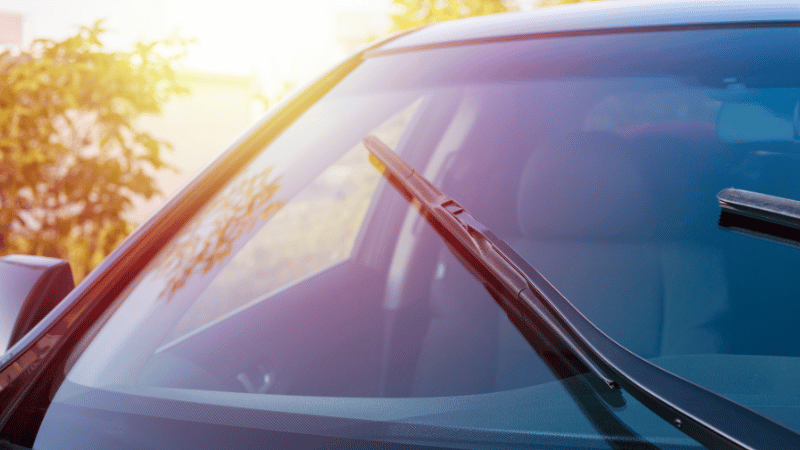
Type of Tint Percentage: The most regulated tinted window percentage is 5%, as this much tint not only poses safety hazards by limiting visibility but also hinders security protocols, making it difficult for law enforcement to assess vehicles.
Medical Conditions: Photosensitive individuals with medical conditions are exempted from these laws if their condition can be aggravated by sunlight exposure. However, they must carry proper documents that prove their medical condition was diagnosed by a licensed doctor.
Type of Car: Window tint laws are customized and differ with the change in vehicle type. For instance, limousines may be allowed the limo tint, but sedans and SUVs cannot go below 30% of VLT.
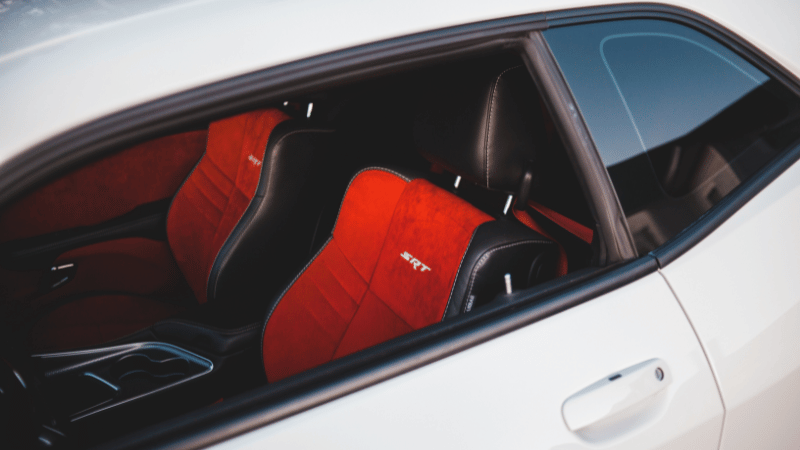
Daylight Duration: A state that experiences longer daylight hours may allow lower tint percentages. However, the same doesn’t apply to the states with long night hours because darker-tinted windows reduce visibility.
Window Tint Percentage Laws by State
Car window tint films are subjected to extensive laws and regulations to ensure the safety and security of individuals; otherwise, everyone would have the lowest tint percentage, risking their lives.
Here’s a table demonstrating the darkest legal tint percentage for different windows in different states;
| Different | Windshield | Front Side Windows | Back Side Windows | Rare Windows |
|---|---|---|---|---|
| Alaska | 5 Inches | 70% | 40% | 40% |
| California | 4 Inches | 70% | Any | Any |
| Florida | Non-reflective tint above the AS-1 line | 28% | 15% | 15% |
| Georgia | 6 Inches | 32% | 32% | 32% |
| Hawai | No inch requirement, 30% | 35% | 35% | 35% |
| Illinois | 6 Inches | 35% | 35% | 35% |
| Kentucky | Tinting allowed to the top of AS-1 line | 35% | 18% | 18% |
| Michigan | 4 Inches | Any | Any | Any |
| New York | 6 Inches | 70% | 70% | Any |
| Texas | 5 Inches or AS-1 line, whichever comes first | 25% | 25% | Any |
Windshield Tinting Laws

A traffic safety study on motor vehicle window tinting found that darker tints reduce a driver’s ability to detect targets that are already difficult to see through clear glass.
And that these adverse effects become increasingly pronounced as light transmittance drops below about 70%, especially for older drivers and those who wear glasses.

Windshield tinting laws refer to the guidelines given by law enforcement regarding the darkest permissible window tint options for windshields.
In certain states, the darkest legally permissible tint for windshields is capped at 70% VLT, while others prohibit any level of windshield tint altogether.
However, no jurisdiction permits visibility below this threshold, not even 50% tint, as anything darker poses a significant hindrance to clear driving visibility.
Limo Tint Law
Limo tint refers to the 5% tinted windows, which is the darkest tint one can choose for their windows. Legally, all states’ car window tint laws prohibit limo tint for the windshield and front side windows, making it an unequivocal no across the board.
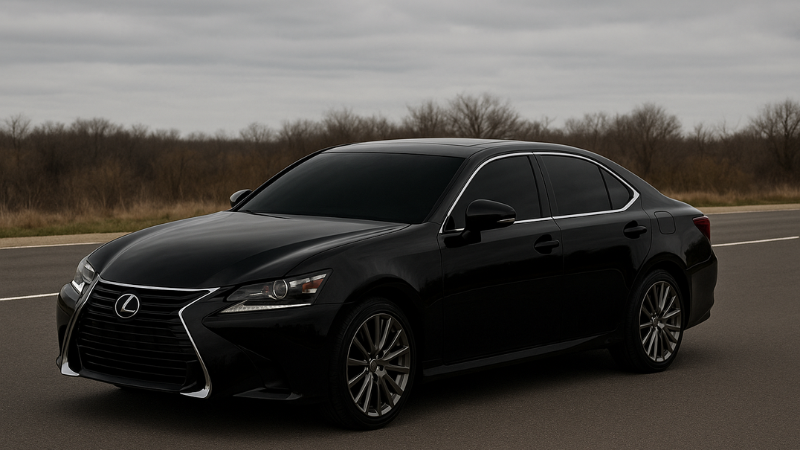
While no state explicitly permits 5% tint, states like Vermont, Ohio, and Nevada have no restriction on tint level for back window tinting and rear window tinting.
Best Window Tint Percentages for Cars
Choosing a legally tinted window film that not only complies with the laws but also fulfills your requirements as well as provides UV protection, is challenging. While darker shades may be a preferred choice due to greater privacy, they do not fall within the legal limits.
Therefore, in this section, we will tell you to mix and match different tint levels for different parts of your car while staying compliant.
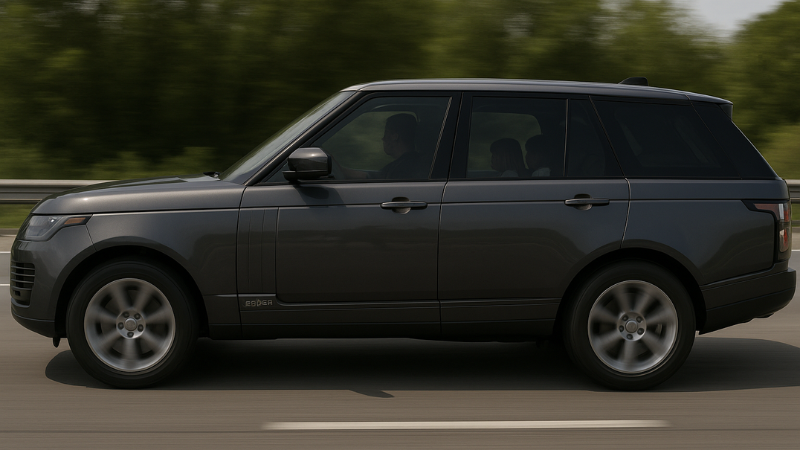
- Daily Driving: For daily drivers, your windshield should either remain un-tinted or be limited to a 70% VLT, while for rear and side windows, a 35% or 20% tint may be suitable only if it aligns with your state’s legal standards.
- Nighttime Driving: Professional tint installers who focus on night‑time safety often recommend choosing window tints in the 50–70% VLT range for drivers who do a lot of night driving, as this range helps reduce glare and eye strain from headlights while still maintaining clear visibility of pedestrians, road markings, and other vehicles.
- Privacy: Add the element of privacy by opting for a 5% or 20% window tint, given that it complies with the legal limits. However, you also must know that 5%, also called limo tint, is only legal in a few states and rarely permitted after obtaining a special medical or security permit.
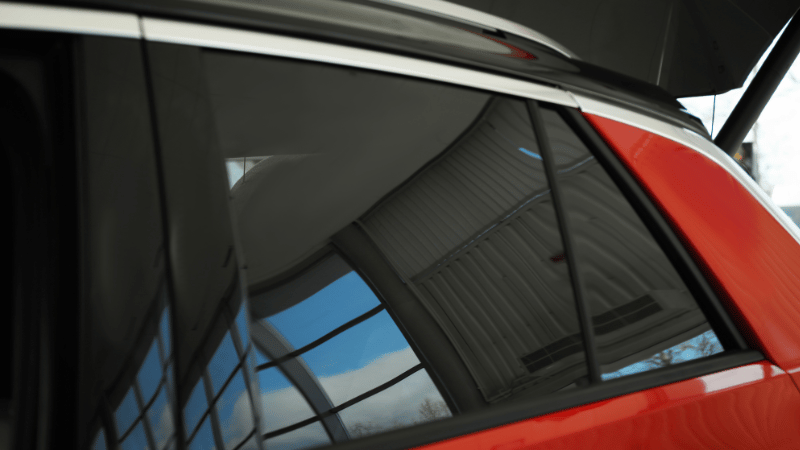
- Luxury Feel: To give your road buddy a luxury feel, pair a 35% with ceramic or carbon film with a car wrap that complements the palette. With this combination, you will get protection from UV rays, while your car will also be protected from the wear and tear of the road.
- Heat Reduction: The mechanism of heat reduction and sun protection is more related to the material of the tinting film than it is to the tint level. Therefore, choosing a carbon tint film or ceramic tint film of permitted tint percentage will aid in significant heat reduction by blocking UV rays.

Medical Exemptions and Waivers
Individuals with certain medical conditions are exclusively exempted from standard window tint regulations and are allowed to utilize lower tint percentages.
Medical Conditions
Here are the medical conditions under which you will be allowed to have a darker tint on your windows. Some tint brands offer specialized tints suitable for photosensitive individuals.
So, review the list, and if your condition matches, you may proceed with the application process to obtain an official permit.
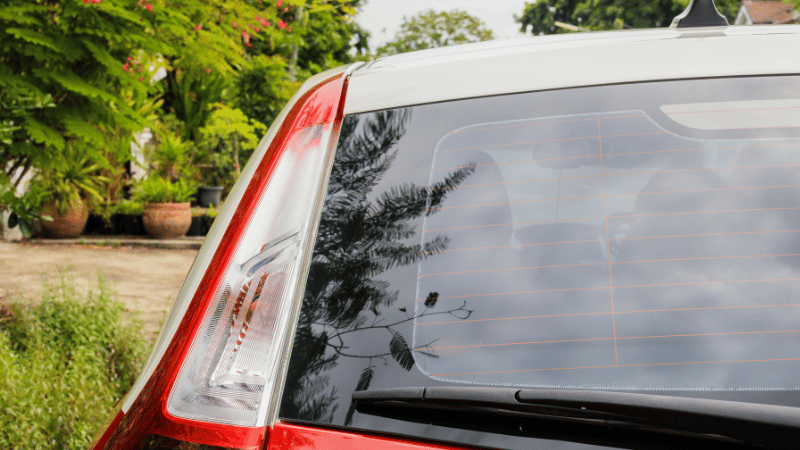
- Systemic lupus erythematosus
- Lichen planus Sactinus
- Actinic folliculitis
- Melanoma
- Pellagra
- Psoriasis
- Bloom syndrome
- Dermatomyositis
- Solar urticaria
- Hydroa vacciniform
Requirements for Exemption

Exemptions from the laws are strictly regulated and are only given when valid documentation is provided that verifies your medical condition by a licensed professional. Your medical document must also mention the level of sunlight sensitivity and the maximum light exposure you can tolerate.
The degree of exemption also varies from state to state and with your vehicle type. A Cybertruck may be permitted a different tint limit compared to a Dodge Challenger, as vehicle types influence legal allowances.
Factory Tint vs Aftermarket Tint: What’s the Difference?
The automotive tint businesses have been on the trajectory of the rise, yet the difference between factory tint and aftermarket tint is unclear to many car enthusiasts.
Here’s your guide to understanding how factory tint differs from aftermarket tint at its core.

Factory Tint
Factory tint is simply the tinted glass that has been dyed during manufacturing to give it a stained look. Unlike what is commonly perceived, these tinted glasses are more about appearance than they are about functionality.
Factory tint doesn’t block UV rays effectively, nor does it offer any heat rejection, and only adds a sleek look from the outside to the car.
Luxury vehicles like the Mustang or Lamborghini do come with 20% factory-tinted windows.
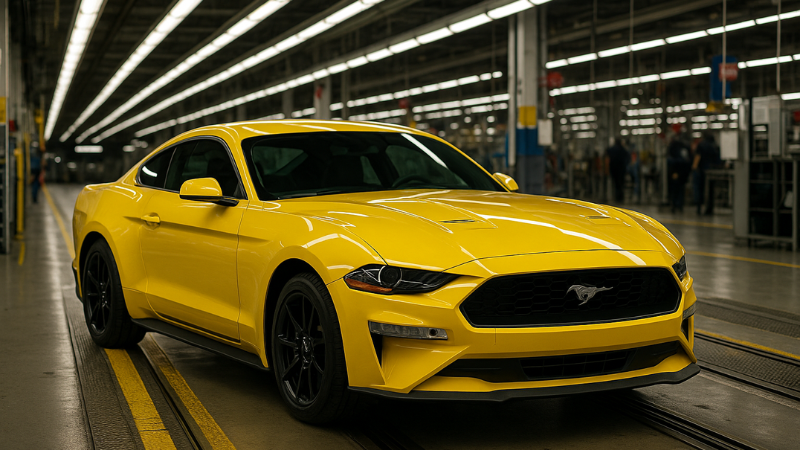
Aftermarket Tint
Aftermarket tint refers to the tinted vinyl films that are applied over the windows to gain the functionality of UV protection, glare reduction, and heat rejection. These adhesive-backed tints come in a range of shades and materials, from ceramic and carbon to dyed and magnetized.
The cost of tinted window films varies with material type, with ceramic being the most premium choice.
FAQ
Q1: Do window tint films fade due to stacking in bulk?
A1: No, the rolls of window tints do not fade away due to stacking. However, if the stacked rolls are exposed to electromagnetic radiation like UV rays or strong IR rays, the color can fade away from the spots exposed to the radiation.
Q2: Does selling 5% tint films also require legal permission?
A2: No, the automotive window film sellers do not need to worry about the legality of the films. They can easily sell tint films of all the percentages, whether it’s 5% or 70%. However, you can inform your buyer about the legality of certain tint percentages as per the relevant state’s laws.
Q3: What is the MOQ for your window tint films?
Our standard MOQ is 10 rolls, but we are flexible and can accommodate smaller orders to help new customers evaluate our products.
Q4: Do you offer custom sizes and tint levels?
Yes, we provide a range of customization options, including various sizes and tint levels. Our team will work with you to ensure the window tint films meet your specific requirements.
Conclusion
With so many laws surrounding window tint films, it may seem like a complicated process. But it is not. All you need to do is choose your preferred tint material and percentage. After that, the only thing left is to check which tint levels are legally allowed for each window in your state.
Get Window Tint Films in All Tint Percentages at Bulk Prices!
Having served the automotive tint industry for so many years, CarLike is committed to only manufacturing high-quality tinted films for businesses that want to thrive. We help businesses stock up their tinted film inventory with the best, from dyed tint film to ceramic films.
Become part of our satisfied customers’ force by partnering with us for all your wrapping needs. Send us your requirements today, and we will send you a sample to assess our quality.
